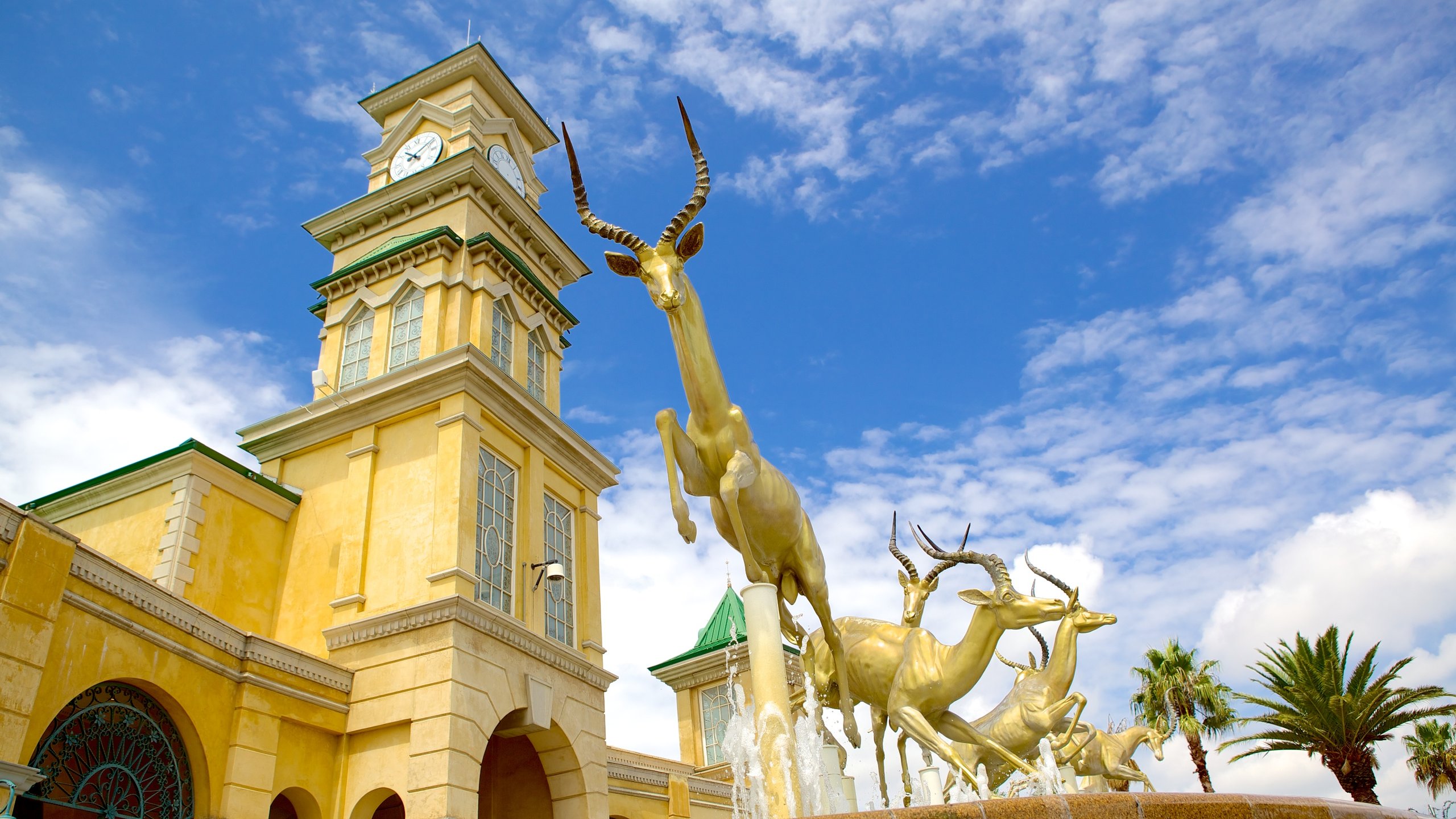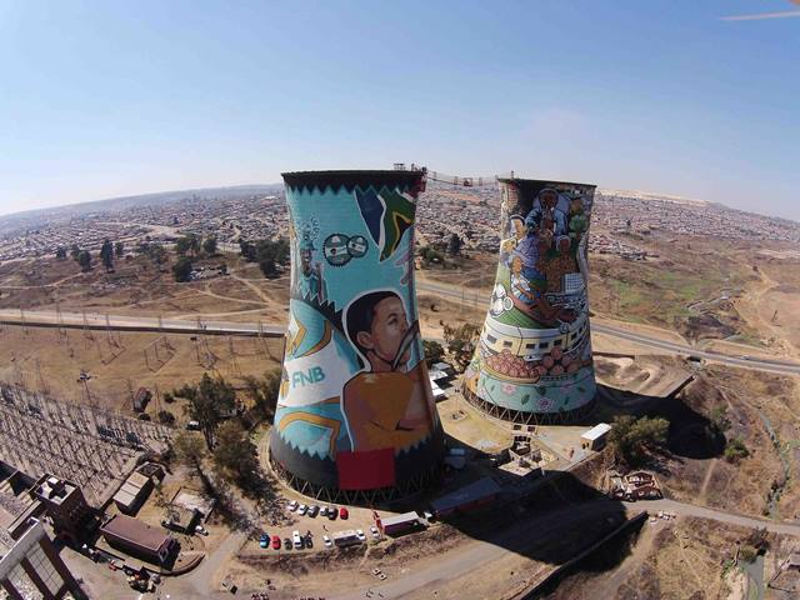Rumored Buzz on Johannesburg North Attractions
Rumored Buzz on Johannesburg North Attractions
Blog Article
All about Johannesburg North Attractions
Table of Contents5 Simple Techniques For Johannesburg North AttractionsThe smart Trick of Johannesburg North Attractions That Nobody is Talking About10 Simple Techniques For Johannesburg North AttractionsSome Known Details About Johannesburg North Attractions Not known Incorrect Statements About Johannesburg North Attractions 5 Easy Facts About Johannesburg North Attractions Explained
The city expanded on the edge of the Witwatersrand Key Coral reef, a subterranean stratum of gold-bearing quartz-silica empire that arcs for hundreds of miles under the Highveld - Johannesburg North attractions. Many of the gold mines in the city discontinued procedure in the 1970s, yet in its day the Witwatersrand gold sector accounted for more than 40 percent of the globe's annual gold manufacturing.Johannesburg has a warm climate. Summer season temperature levels average regarding 75 F (24 C); wintertime temperature levels average concerning 55 F (13 C) and just periodically dip listed below freezing. The city delights in regarding 8 hours of sunshine per day in both winter months and summer season. Rain averages about 28 inches (700 millimetres) per annum, however the total differs significantly from year to year.
What rain the city obtains falls nearly solely in the summertime, typically in spectacular late-afternoon electric tornados. Air pollution postures a significant trouble, especially in the cold weather, when thermal inversions hinder the westward circulation of air from the Indian Ocean. Pollution is most extreme in the largely cleared up Black towns on the city's periphery, where numerous homeowners still depend on coal for gas.

All about Johannesburg North Attractions
The equilibrium of the city is occupied by whites. Lodging differs in character and top quality.
Physical growth, although somewhat restricted by transport, continued rapidly as immigration to South Africa, and Johannesburg in specific, boosted considerably. This issue was resolved in the 1930s when the vehicle was presented in mass manufacturing to South Africa. Automobiles were, essentially, confined to the wealthy, and allowed them to relocate to the north of the city and commute into the centre.
Many poor suburban areas were mixed, with inadequate blacks and whites cohabiting, although the well-off suburbs were normally scheduled for whites. This transformed with the political election of the National Event in the 1948 elections, that started to formalise the system known as discrimination. Apartheid formally designated which residential areas each race might stay in under the Group Areas Act.
The previous system of eleven numbered regions was reorganised in 2006. Marshalltown, as seen from the top of the Carlton Centre. The M1 and M2 run behind the structures, and the southern residential areas extend past the freeway boundary. The inner city of Johannesburg lies within the city's Area F. The estimated populace of the area is 200,000, [] The number of individuals living in the inner city on an informal basis is unidentified, as several are prohibited immigrants. The majority of higher-income citizens and white individuals have relocated to the northern residential areas and have actually been changed by lower-income black individuals. The unemployment, education and learning, and age profiles of the area are all unknown, due to the problem of acquiring trustworthy details about the location.
Johannesburg North Attractions Things To Know Before You Buy
Centred on the CBD, the area includes the suburban areas of Yeoville, Bellevue, Troyeville, Jeppestown, and Berea to the east. To the west it infects Pageview (Johannesburg North attractions) and Fordsburg. There are tiny enterprise zones click here for more to the south, such as City West-Denver and Benrose. Around 800,000 commuters go through the internal city click here to find out more everyday, and it works as a regional buying node for visitors from the southern residential areas. Yeoville and Bellevue have a mix of house structures and solitary domestic devices on tiny lots. The region lies on a mountainous divide that runs from east to west. One of the most obvious geographic feature is Observatory Ridge, which is named for the huge observatory situated on it. The recreational spaces are no much longer used, because of protection troubles.

Johannesburg Stadium, a training school for both the Golden Lions and Orlando Pirates, is adjacent. The eastern suburbs of Johannesburg are located in the city's 7th [] and 9th [] areas. The area is also functionally integrated with East Rand border communities outside of the official limit of Johannesburg, such as Bedfordview and Edenvale (both component of Ekurhuleni Metropolitan Municipality).
7 Easy Facts About Johannesburg North Attractions Described
The eastern suburban areas are some of the earliest locations of Johannesburg, there are huge areas of Jewish and other European backgrounds, the majority of the populace is English talking. There are three golf training courses as well as a number of safeguarded ridges with viewsites.
Originally developed to house male migrant employees, many have been enhanced as homes for pairs and family members. The residential area was not historically permitted to develop work centres within the location, so virtually all of its residents are commuters to other parts of the city.
6 Simple Techniques For Johannesburg North Attractions
The residential locations in the northern suburbs are mostly formal, with no substantial areas of casual housing, or real estate that does not have a long-term structure. This is a well-known area, there is a fad of land use adjustment from domestic to commercial, specifically along primary arterial roads and around well-known nodes.
The area is well linked to roadway networks, especially along the north-south axis created by the M1 and N1. Roads to the eastern and west are less well created, as there are no highways taking a trip because instructions. Towards the northern border of the city, the density of advancement lowers, leaving large locations of primitive land around Midrand.
What Does Johannesburg North Attractions Mean?
The very first suburban area to the north of the internal city is Parktown, which lies on a hill overlooking the internal city and Hillbrow. It has numerous affluent locals and Edwardian-design manors, go to website along with the Education and learning and Clinical campuses of the University of the Witwatersrand. The large concrete Charlotte Maxeke Johannesburg Academic Healthcare Facility controls the horizon of Parktown.
Report this page